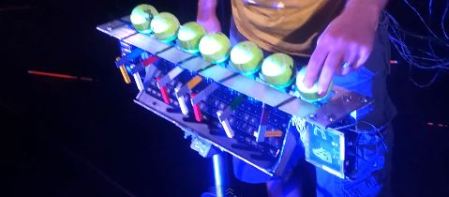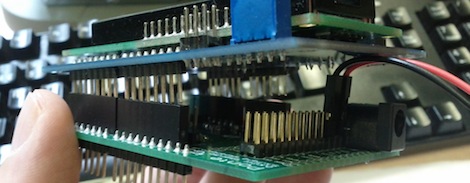The University of Glasgow has released a Chemistry research paper covering the applicational process of printing pharmaceutical compounds.
Yes thats correct actually printing medication. Using various feedstock of chemicals they see a future where manufacturing your medication from home will be possible. Using standard 3D printing technology it is possible to assemble pre-filled “vessels” in such a way that the required chemical reactions take place to produce the required medication. This will be like having a minature medication manufacturing facility in your home. The possible implications of this could be far reaching.
There would need to be a locked down software etc or certain chemcials restrictions to prevent the misuse of this technology. Prof [Lee Cronin], who came up with the paper’s principal has called this process “reactionware”
Professor [Cronin] found, using this fabrication process, that even the most complicated of vessels could be built relatively quickly in just a few hours.
[via boingboing] Continue reading “ReactionWare 3D Printed Medicine”

















